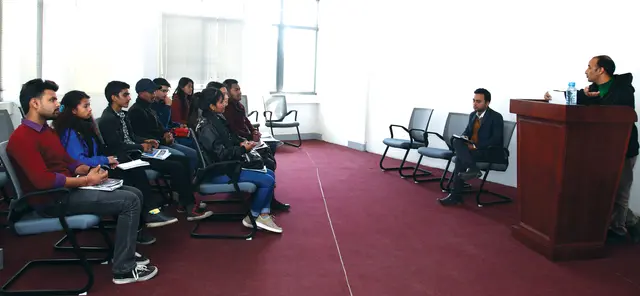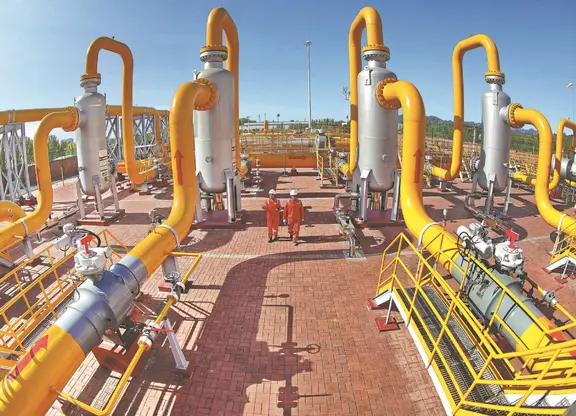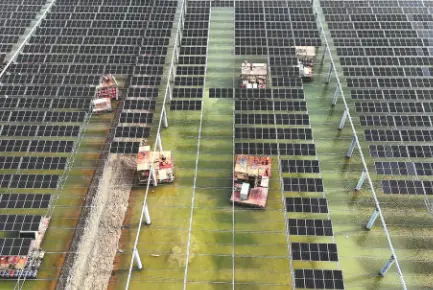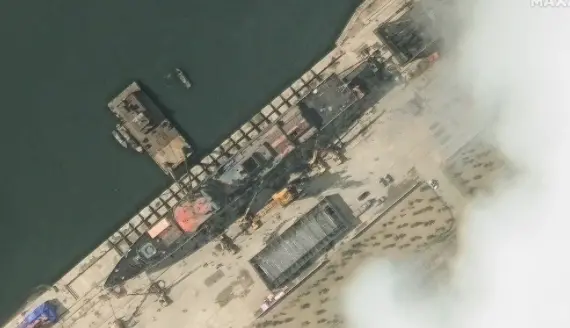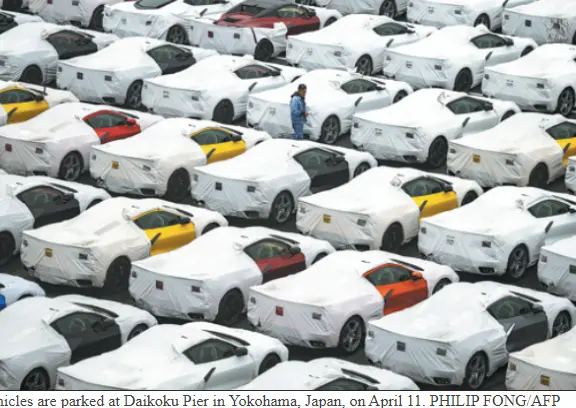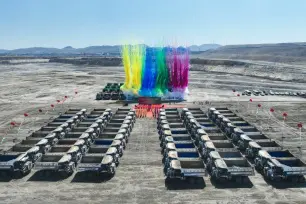The fourth leaders' meeting between China and 16 CEE countries is to open on Tuesday in the eastern Chinese city of Suzhou, the first time for China to host such a meeting.
Chinese Premier Li Keqiang and leaders from the CEE countries will attend the two-day meeting, the most important schedule within the framework of China-CEE cooperation this year.
FOUNDATION FOR FUTURE DEVELOPMENT
The "16+1" meeting mechanism, launched in 2012, has helped deepen traditional friendship, strengthen mutually beneficial cooperation and promote China-Europe relations.
At the meeting in Suzhou, Li and leaders of CEE countries are expected to discuss how to further promote common development and all-win cooperation.
According to the Chinese Foreign Ministry, Li will attend a "16+1" round-table meeting and a trade and economic forum.
The summit this year, themed "New Beginning, New Fields, New Vision," will be meaningful to the sustained, balanced and in-depth relationship between China and Europe, and lay a firm foundation for future development.
As it is the first time for China to host the China-CEE leaders' meeting, the "new beginning" means that both sides will enter an important period to inherit the past and usher in the future.
China and CEE countries are expected to adopt new measures and expand new fields for their cooperation in inter-connectivity, investment and trade, finance, agriculture, people-to-people exchanges, to name a few.
They will also plan a new vision of development in the next five years to strengthen top-level design for their cooperation, with some outcome documents to be released after the meeting.
Thanks to the increasingly mature mechanism and emerging platforms, China-CEE cooperation has expanded into new areas and produced greater results.
In the opinion of Slovak Economy Minister Vazil Hudak, the meeting will improve understanding and better communication between CEE countries and China.
"The whole region could be interested in larger infrastructure projects like communication, transport or some energy infrastructure between these countries, meaning gas pipelines. It pushes these countries to work together on important and perspective projects," he said.
On the strategic significance of the China-CEE leaders' meeting, Sanja Vasic, director of the Center for International Economic Relations of the Belgrade Chamber of Commerce, said the mechanism can help narrow the development gap between Eastern and Western Europe and enhance links between Europe and China.
"Under this mechanism, China-Serbia trade and economic cooperation has made headway in both quality and quantity. We also hope that besides infrastructure and energy, our two countries' cooperation will achieve fruitful results in agriculture, industry, tourism and other service sectors," she said.
BELT AND ROAD -- NEW OPPORTUNITY FOR COOPERATION
Amid increasing economic globalization, China's development has been gradually integrated into and interwoven with that of the rest of the world, while the world's development is also related to the Chinese people's dream for a better future.
As China is the largest developing nation and the second-largest economy in the world, any major development in the formulation of its socio-economic policies will definitely arouse worldwide attention.
Countries across the globe, including Central and Eastern Europe, are looking forward to strengthening cooperation with China, so as to share more dividends from the Asian giant's reform and development.
According to the Chinese Commerce Ministry, about 1,000 Chinese and CEE business leaders will participate in the trade and economic forum during the summit, in which the China-proposed Belt and Road Initiative is expected to become a hot topic.
The initiative, proposed by Chinese President Xi Jinping in 2013 and comprising the Silk Road Economic Belt and the 21st Century Maritime Silk Road, is aimed at building a trade and infrastructure network connecting Asia with Europe and Africa along the ancient trade routes.
As a quarter of the countries along the routes are located in Central and Eastern Europe, the region can give full play to its geographical advantage as a linkage between Europe and Asia and take part in relevant projects.
In June, China and Hungary inked a memorandum of understanding on promoting the initiative, the first such document China has signed with a European country.
Poland, the first to establish a strategic partnership with China among new members of the European Union (EU), also understands the potential of the initiative.
Poland could become a logistics center for the Belt and Road initiative and act as an ambassador in relations among China, CEE and the EU, Polish President Andrzej Duda said.
He called the proposed economic link between Asia and Europe an ingenious idea connecting two parts of the world, saying Poland was situated in "a very strategic place" for the initiative.
The Road and Belt Initiative could contribute to intensifying economic cooperation, commerce, and the flow of goods and services, Duda said.
Analysts also said CEE nations will be essential links in the Belt and Road Initiative, noting that connectivity will help improve infrastructure and economic growth in the region.
Jasna Plevnik, vice president of the Croatian think tank Geoeconomic Forum (GEOFO), called the 16+1 framework a new model for cooperation between China and CEE countries.
Under this new model, she said, Croatia can use its geographical advantages to cooperate with not only China, but also other countries in Central and Eastern Europe.
"As great changes have taken place in the world, with Asia and China becoming a focus for development, both the '16+1' framework and Belt and Road Initiative will provide an opportunity for Croatia," she said. Enditem
 简体中文
简体中文

